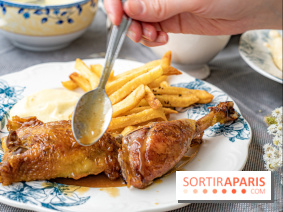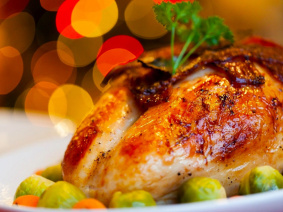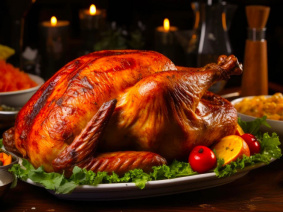Now that you know thehistory and origins of Dia de Muertos 2024, the famous traditional Mexican holiday, find out what's customary to eat on November 1 and 2 each year in Mexico and in Mexican communities around the world, particularly in the USA, to celebrate this Day of the Dead in style.
Culinary specialities are an essential part of this Mexican festival and play a major role in the celebration of the deceased, with families preparing dishes for the living and also for their dead, which they place on the altars provided.
For Mexicans, food can serve as a link between the living and the dead, to remember and celebrate the lives of those who are no longer with us. Most of these specialties demonstrate the importance ofcultural, local and family heritage, as well as tradition, in Mexican cuisine.
Pan de Muerto, otherwise known as Bread of the Dead, is perhaps the most emblematic dish of Dia de Muertos. It's a crown-shaped bread decorated with crossbones in pastry and sprinkled with powdered sugar. Often placed on altars, it is considered a true offering to the departed! Pan de Muertos is flavored with orange blossom, giving it a characteristic, deliciously sweet taste.
Calaveras de azúcar, literally "sugar skulls", are small decorative sugar figurines. They are often used to adorn altars, depicting the smiling, happy faces of the deceased. They can also be personalized with the names of deceased loved ones.
Tamales are a traditional Mexican dish made from corn dough stuffed with meat, beans, cheese, chillies or other ingredients, wrapped in corn or banana leaves and steamed. Often prepared in large quantities during Dia de Muertos, tamales are also offered to the deceased on altars.
Mole is a thick sauce made from ingredients such as chocolate, chillies, spices and other ingredients that vary from family to family. Indeed, each region of Mexico has its own variation of mole, but it's common, whatever the region, to serve it as an accompaniment to meat or chicken dishes during the Dia de Muertos festivities.
Dulces, or sweets, play a major role in Dia de Muertos celebrations. Mexican markets are overflowing with colorful candies in the shape of skulls, skeletons, flowers and other symbols associated with the holiday, which are usually given to children.
Hot chocolate is one of the comforting drinks served during the Dia de Muertos festivities - you'll discover the second one just below! It's made with dark chocolate or chocolate bar mixed with milk and sometimes cinnamon.
Atole is the other typical Dia de Muertos hot drink, made with corn, milk, sugar and cinnamon. This creamy, sweet drink can be served as an accompaniment to Pan de Muerto or as the main drink for the festivities.
Seasonal fruits and vegetables also play an important role in Dia de Muertos festivities! Oranges, apples, papayas, coconuts and other brightly-colored gourds are commonly used to decorate altars and prepare dishes.
Mexican restaurants in Paris, our best addresses
Looking for a taste of Mexican cuisine? Here are the best addresses for Mexican restaurants in Paris! [Read more]

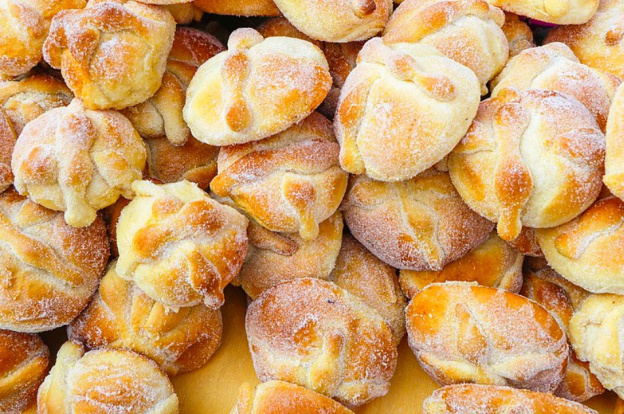


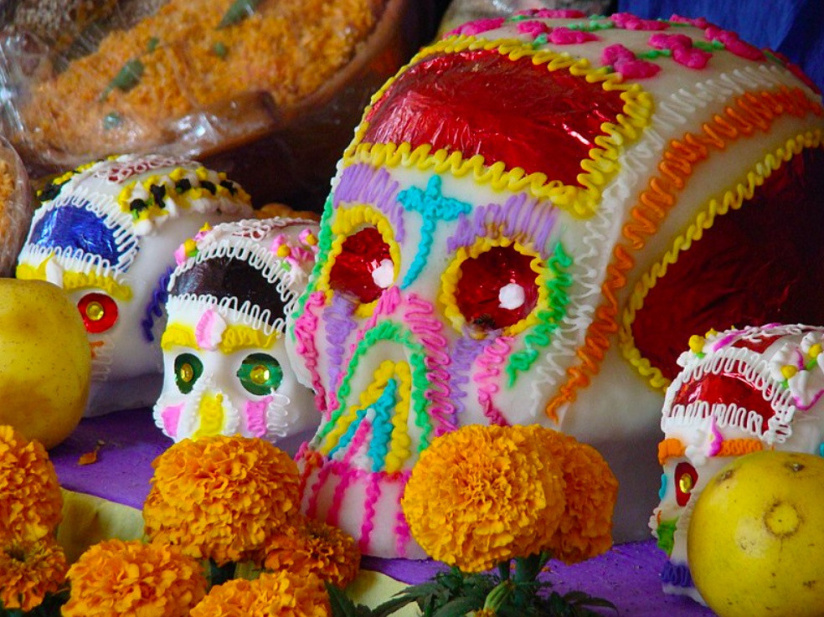



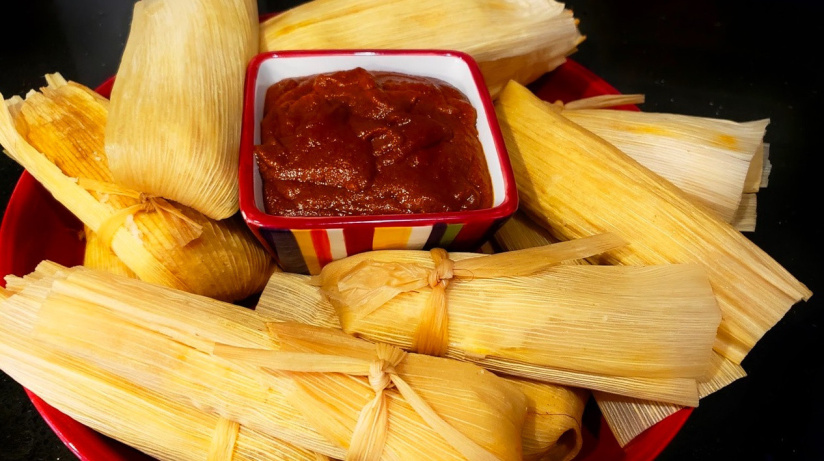



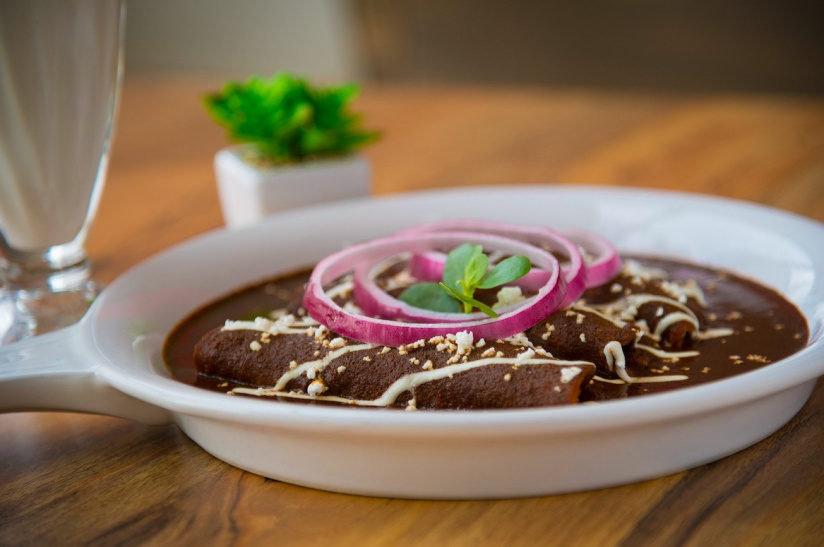



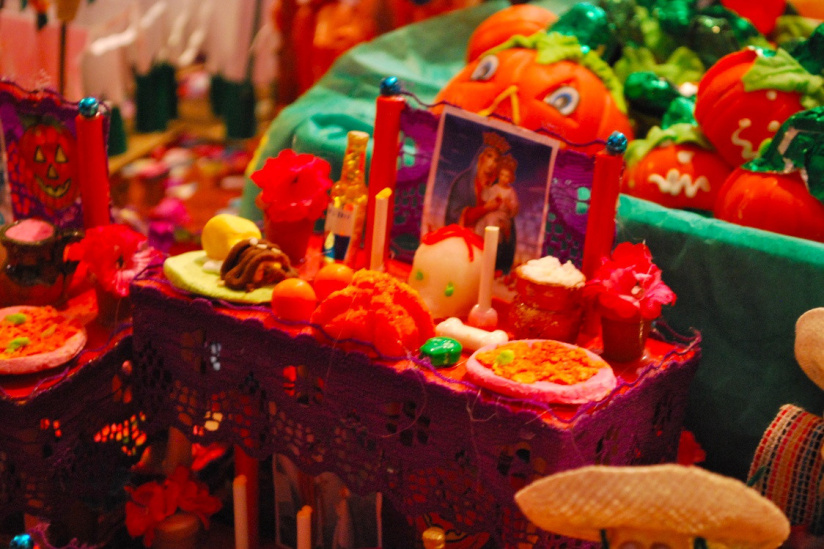



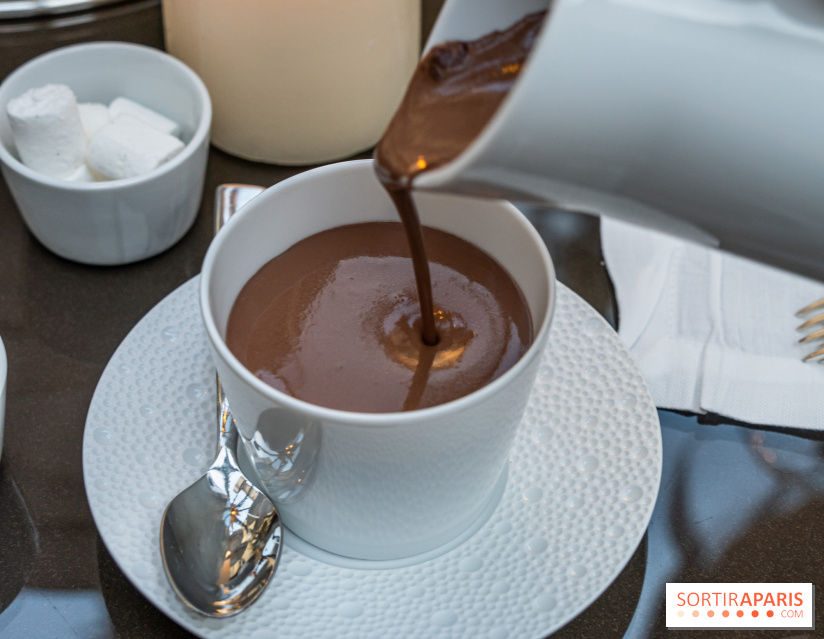



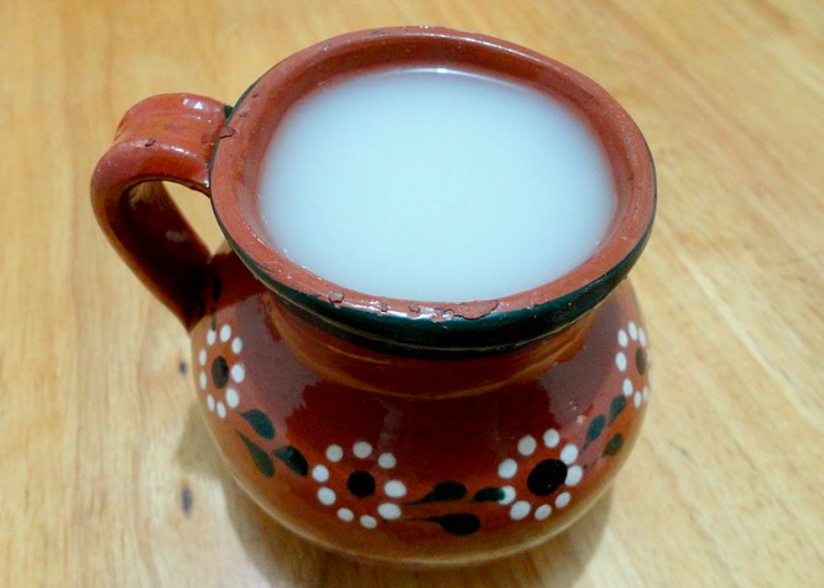



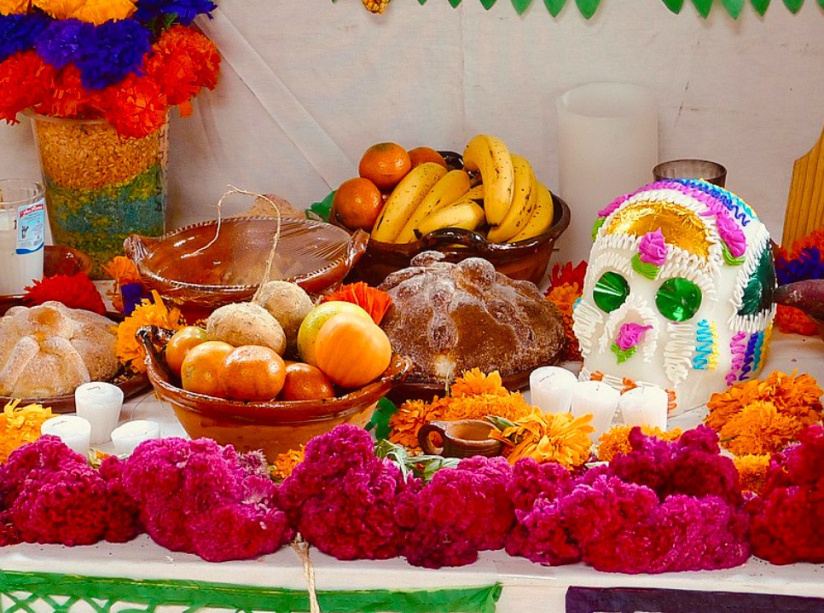



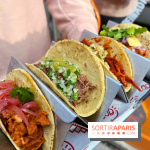


 Mexican restaurants in Paris, our best addresses
Mexican restaurants in Paris, our best addresses